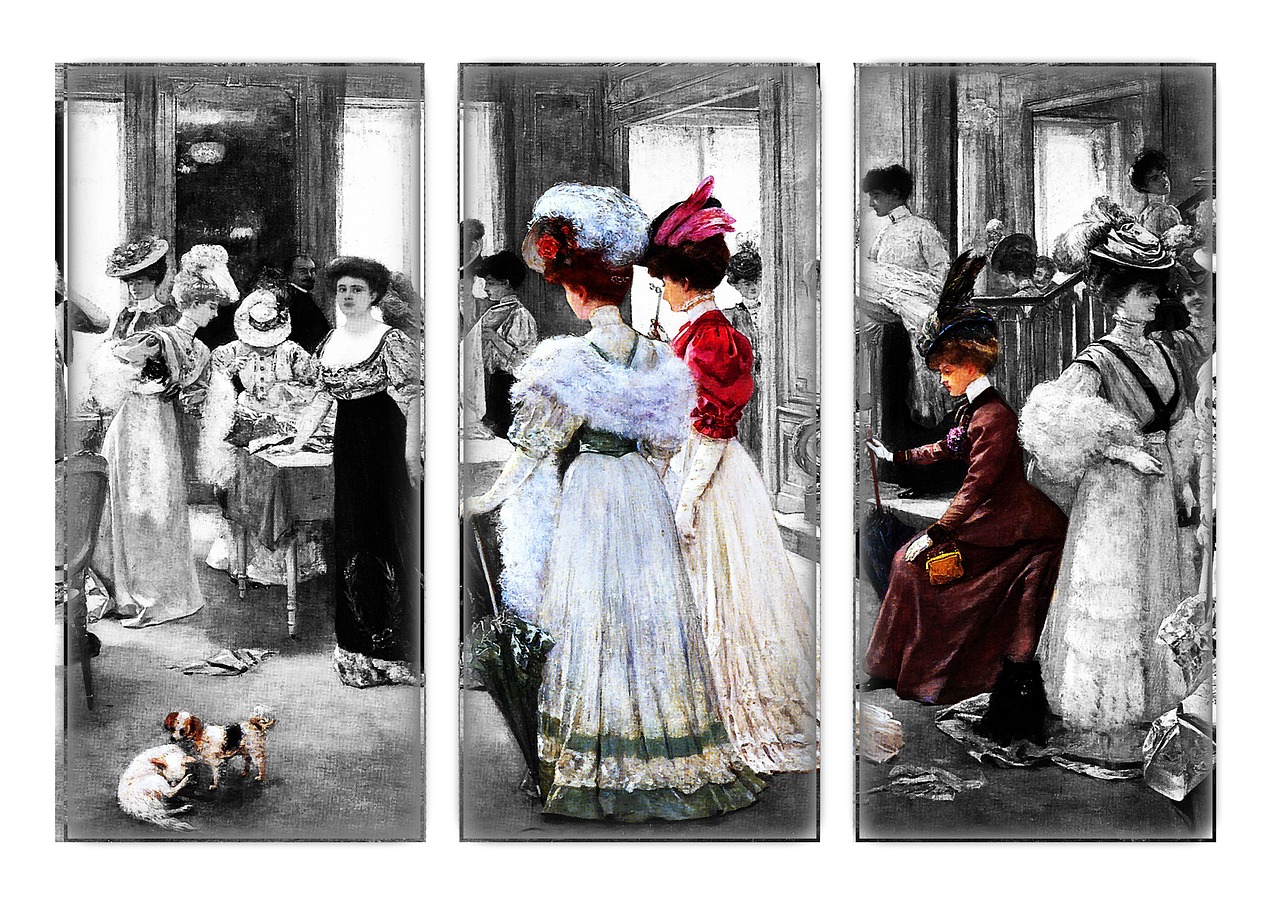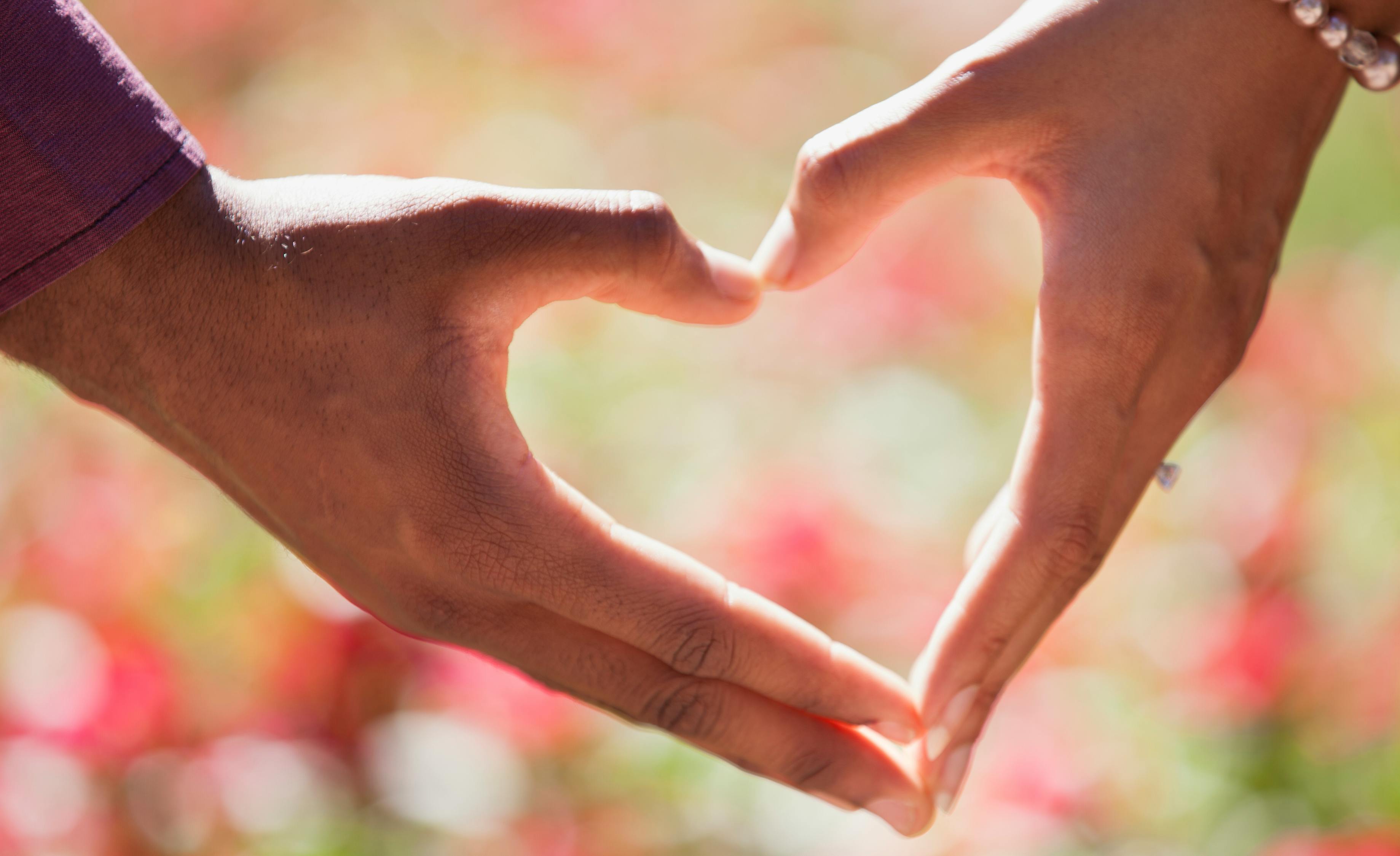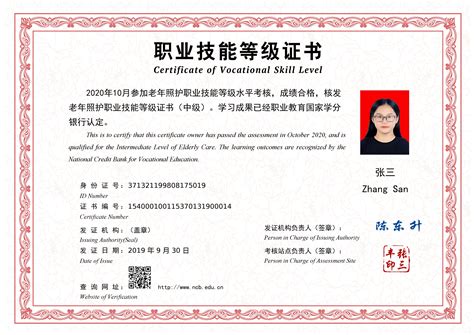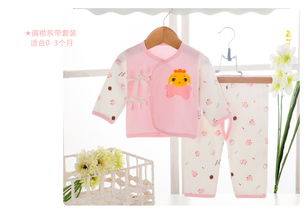舞蹈中的英文用语
Revisiting Dance Through Visual Imagery
Dance is a mesmerizing art form that transcends language barriers, communicating emotions, stories, and cultural expressions through the fluidity of movement. When we aim to capture the essence of dance through visual imagery, we endeavor to evoke the same emotions and sensations experienced during a live performance. Let's delve into how we can effectively recreate dance through visual representation.
Understanding the Essence of Dance:
Dance is a blend of rhythm, expression, and physicality, conveying a narrative or emotion through motion. To accurately represent dance through visuals, it's crucial to grasp the core elements:
1.
Movement Dynamics
: Dance encompasses a wide range of movements, from graceful and fluid to sharp and dynamic. Capturing the nuances of these movements is essential to convey the essence of each dance style accurately.2.
Emotional Expression
: Beyond physicality, dance is a powerful medium for emotional expression. Whether it's joy, sorrow, passion, or defiance, the emotions conveyed by dancers are central to the art form.3.
Cultural Context
: Many dance forms are deeply rooted in cultural traditions, carrying stories, rituals, and heritage. Understanding the cultural context enriches the visual portrayal of dance, adding layers of meaning and significance.Techniques for Visual Representation:
1.
Photography
: Highspeed photography allows for the precise capture of fleeting dance movements, freezing moments of elegance or intensity. By adjusting shutter speed and framing, photographers can convey the dynamism and beauty of dance.2.
Painting and Drawing
: Visual artists employ various techniques to depict dance on canvas or paper. From impressionistic brushstrokes to detailed sketches, artists can capture the energy, emotion, and form of dancers through their chosen medium.3.
Digital Art and Animation
: With advancements in technology, digital artists can create stunning visual representations of dance through animation and digital manipulation. By harnessing software tools, they can imbue their creations with fluidity and expression, pushing the boundaries of imagination.4.
Mixed Media Collage
: Combining different visual elements such as photographs, illustrations, and textures can create dynamic collages that evoke the multidimensional nature of dance. This approach allows artists to experiment with juxtapositions and layers, adding depth to their portrayal.Tips for Effective Visualization:
1.
Study Dance Anatomy
: Understanding the anatomy of dance movements enhances the accuracy of visual representations. Familiarize yourself with the body positions, muscle engagement, and lines characteristic of different dance styles.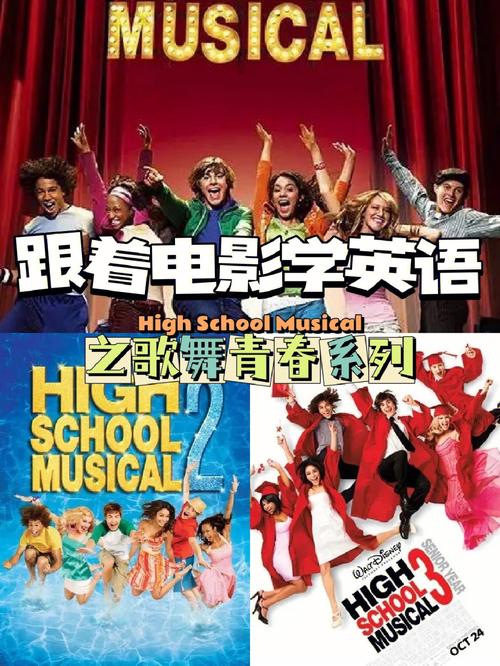
2.
Capture Emotion
: Beyond technical precision, prioritize capturing the emotional essence of dance. Pay attention to facial expressions, body language, and the interplay between dancers to convey the underlying narrative or mood.3.
Experiment with Perspective
: Explore different perspectives and angles to capture the dynamism of dance. Closeup shots can highlight intricate footwork or hand gestures, while wideangle views offer a broader context of the performance space.4.
Seek Inspiration
: Draw inspiration from diverse sources, including live performances, historical archives, and cultural references. Exposing yourself to a variety of dance styles and visual interpretations broadens your creative repertoire.In essence, recreating dance through visual imagery is an art form in itself, requiring a deep appreciation for movement, emotion, and cultural significance. By employing various techniques and approaches, artists can capture the magic of dance, preserving its beauty for generations to come.




